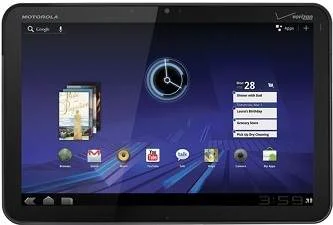With more than a dozen companies on the Android tablet list, what’s a consumer to do?
Unlike iOS, where there is one single tablet that defines the experience, Android is a very different beast, and the tablet market is even more grounds for differentiation than the smartphone market.

Digitimes reports this is all leading to what will likely be a huge excess in inventory of Android tablets, in a market where there will be few winners.
Samsung had the right idea because it struck first, launching the Galaxy Tab last year and instantly earning name recognition before the market became muddled with other products.
Motorola’s Xoom, meanwhile, despite being the forward-thinking tablet that it is, has barely made a dent, largely because of the expensive price tag. But then there are the less high-profile devices, the $300 and $400 tablets that most people could never even recognize by name. How do those even stand a chance of standing out?
The other thing to realize is that unlike the smartphone market, the tablet market is one of luxury. People don’t need a tablet but they need a phone. It’s easy for Android to ring in huge phone sales because customers on Sprint or T-Mobile can’t even buy an iPhone, and Android-powered devices are becoming the only option.
In the tablet arena, however, it’s a completely different story. The iPad is the defining gadget here, and anyone who wants one will think of that first.
Digitimes says the influx of Android tablets could be a detriment to the Google brand, especially after the company invested so much into Android 3.0, but it’s still a nascent market so there are unknown variables.
Nevertheless, right now is probably not a good time to be investing in Android tablets.






